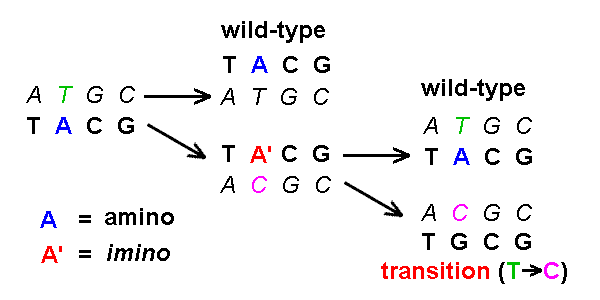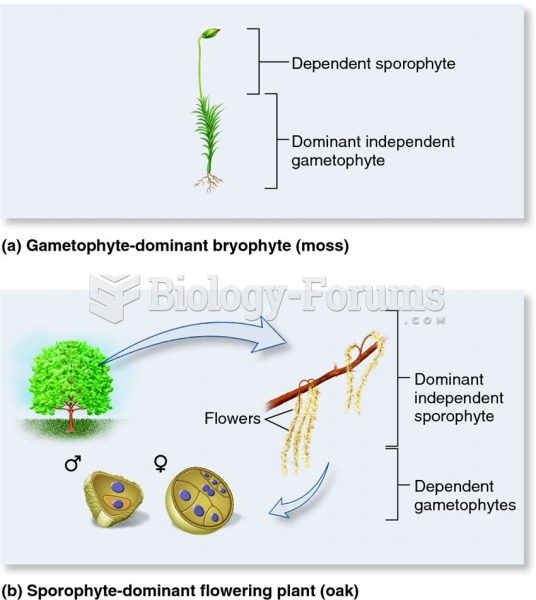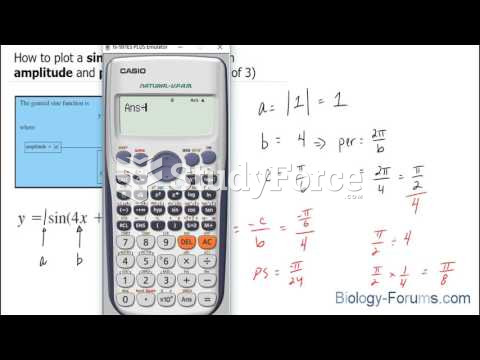Definition for Tautomeric shift
From Biology Forums Dictionary
A tautomeric shift produces a transition mutation in the complementary strand.

Induction of transition mutations by spontaneous tautomeric shifts
In the original double-stranded DNA molecule, A in the standard (amino) form pairs with T. During replication, the two strands separate. In the upper diagram, T pairs with A as usual, which replicates the wild-type sequence. In the lower diagram, A has undergone a tautomeric shift to the non-standard (imino) form A', which pairs with C. In the next round of replication, the imino A' shifts back to the amino A form, which pairs with T, which again reproduces the wild-type sequence. Replication of the other strand pairs C with G. By comparison with the original molecule, the result is a TC mutation. A tautomeric shift in one strand has produced a transition mutation in the complementary strand.
IMPORTANT: Note that a tautomeric shift is not itself a mutation, but a transient change to an alternative form of the molecule.



